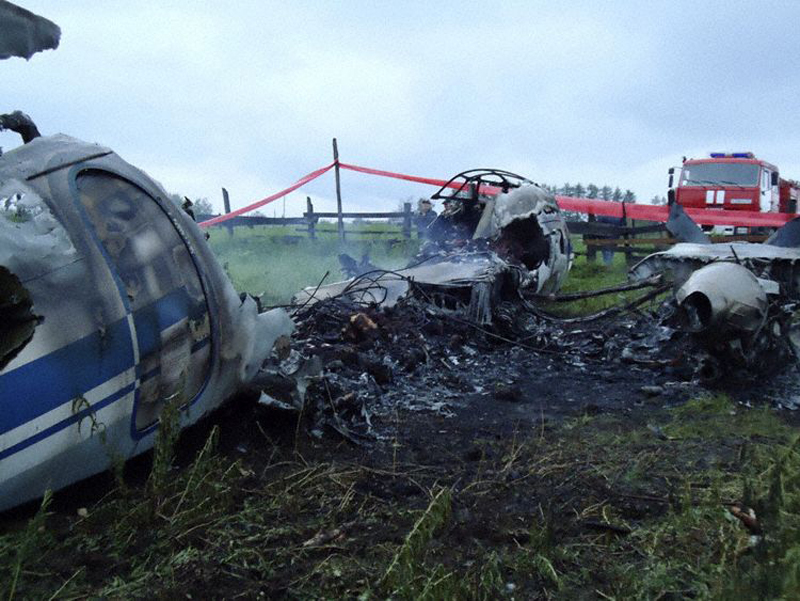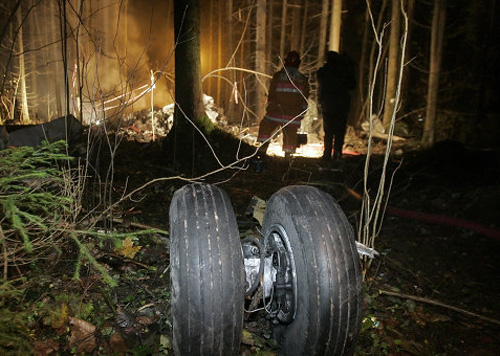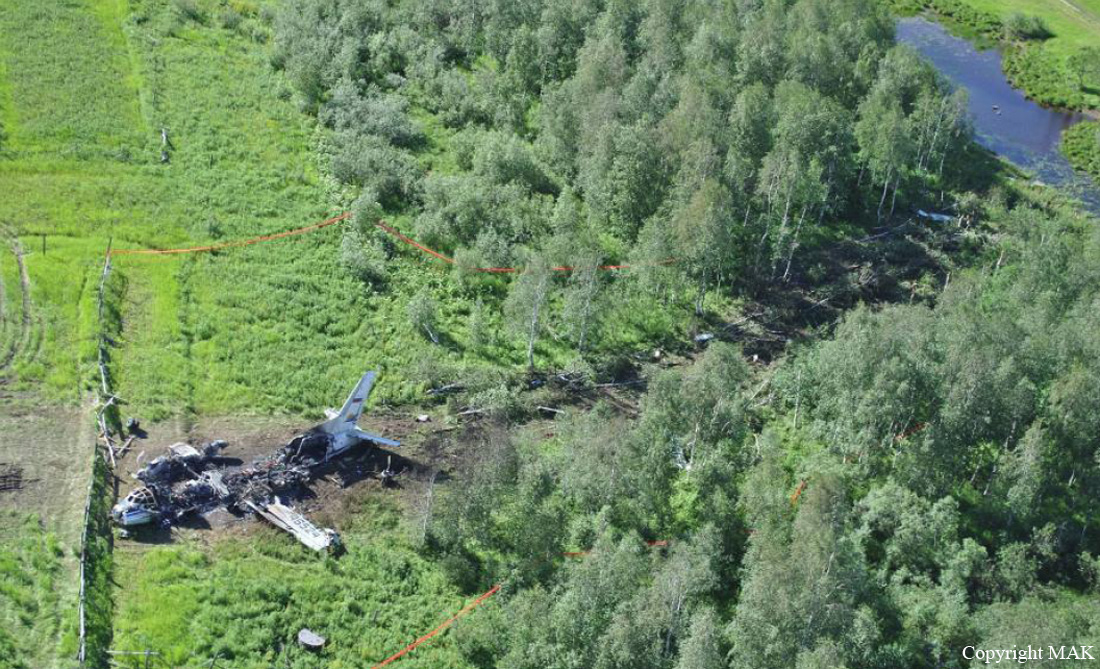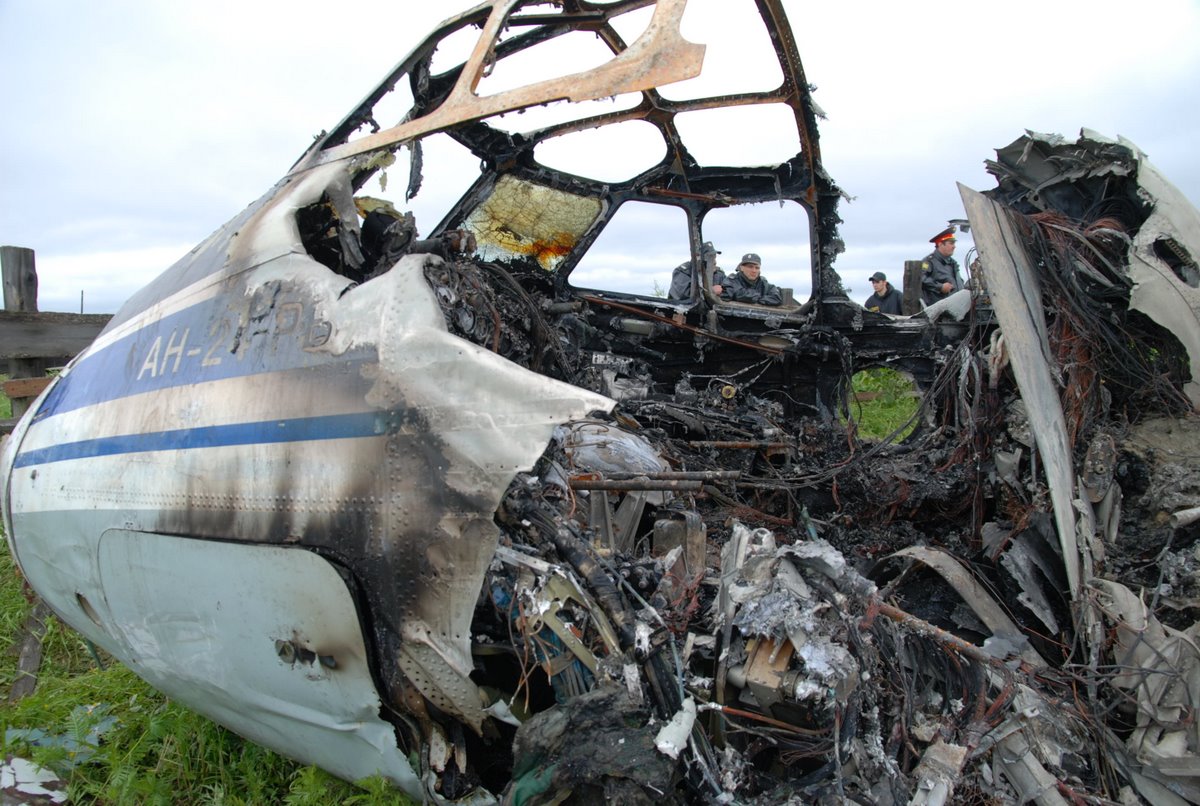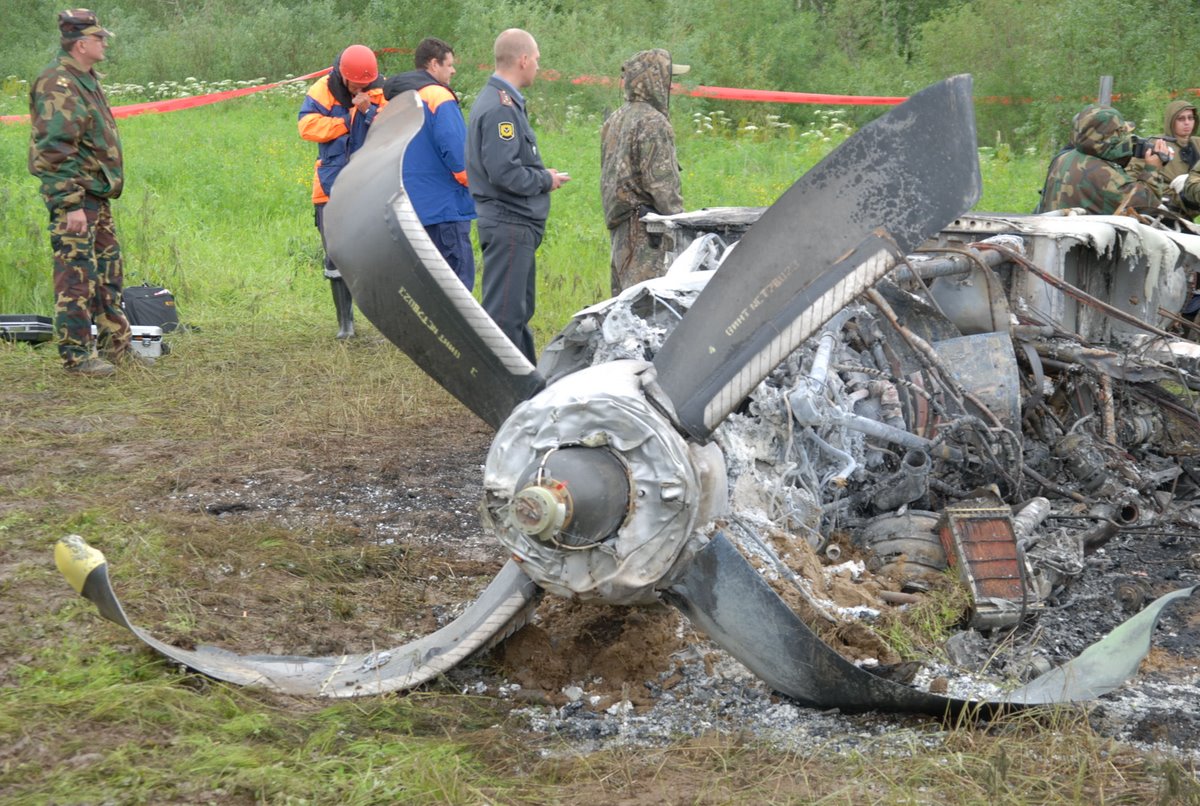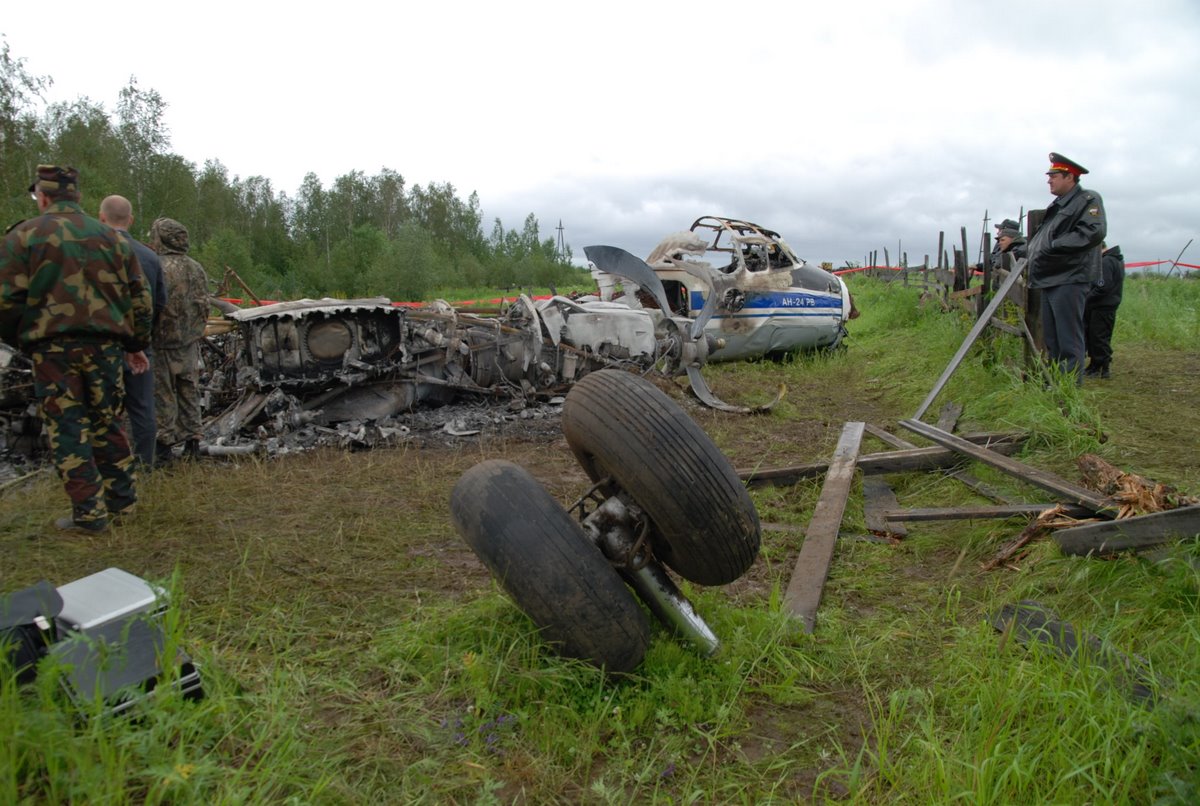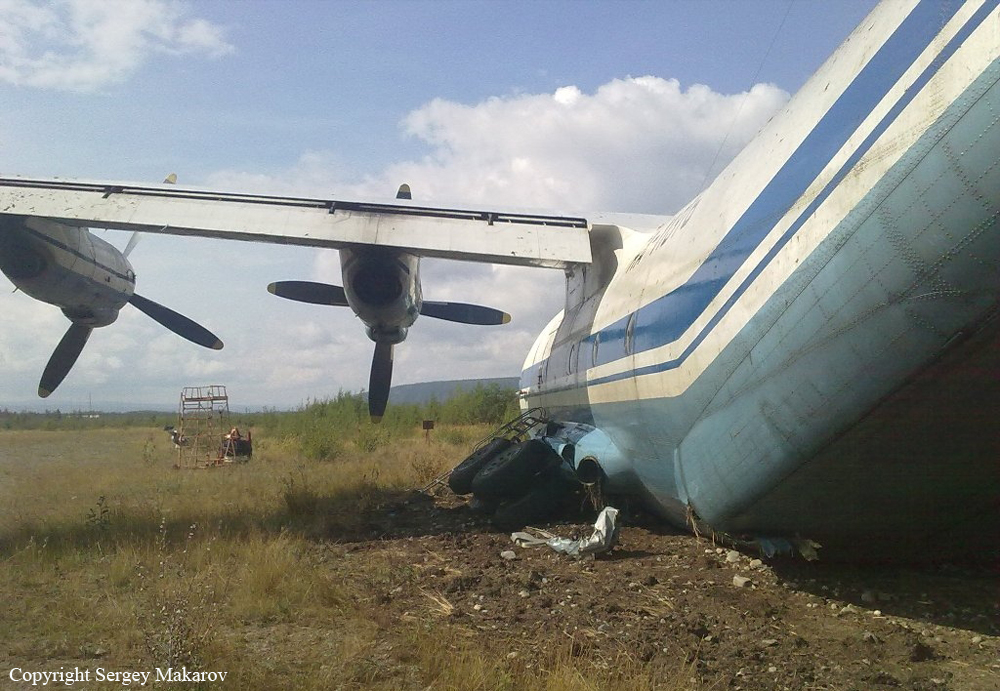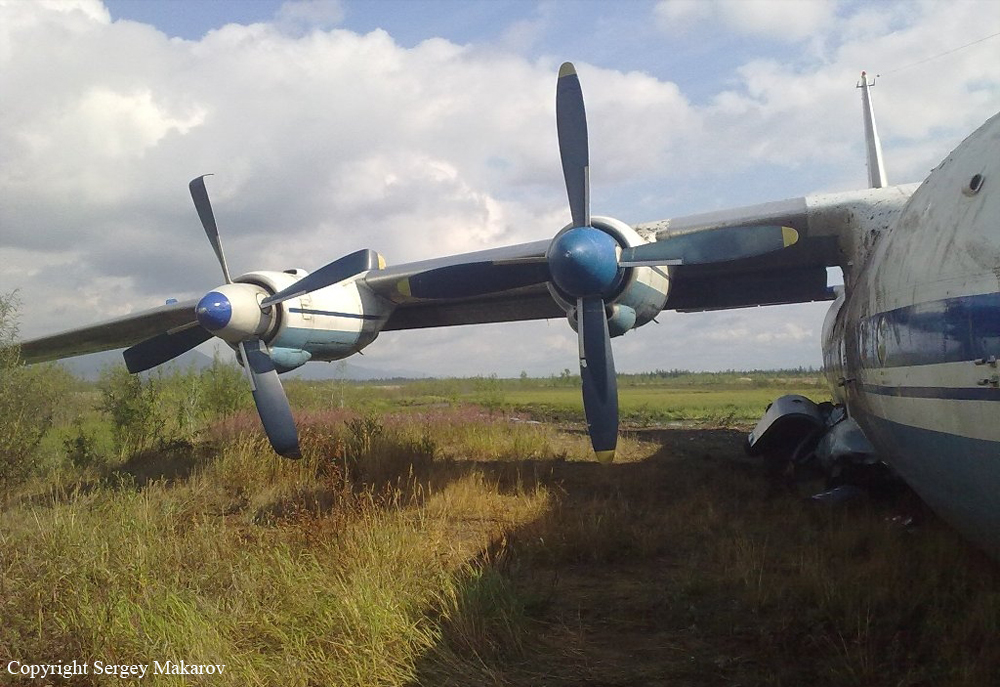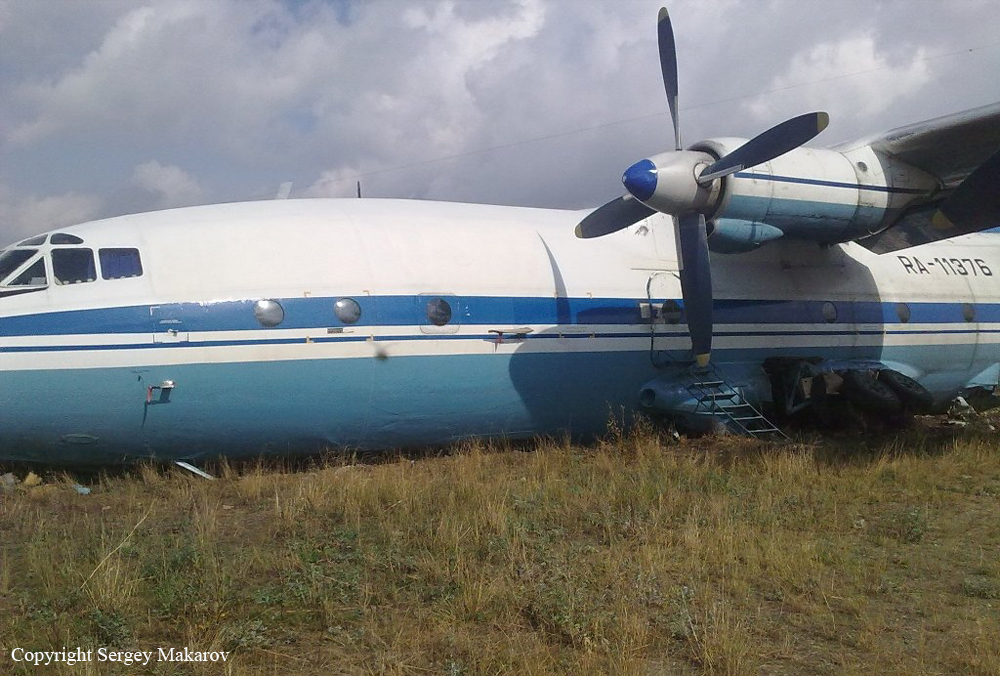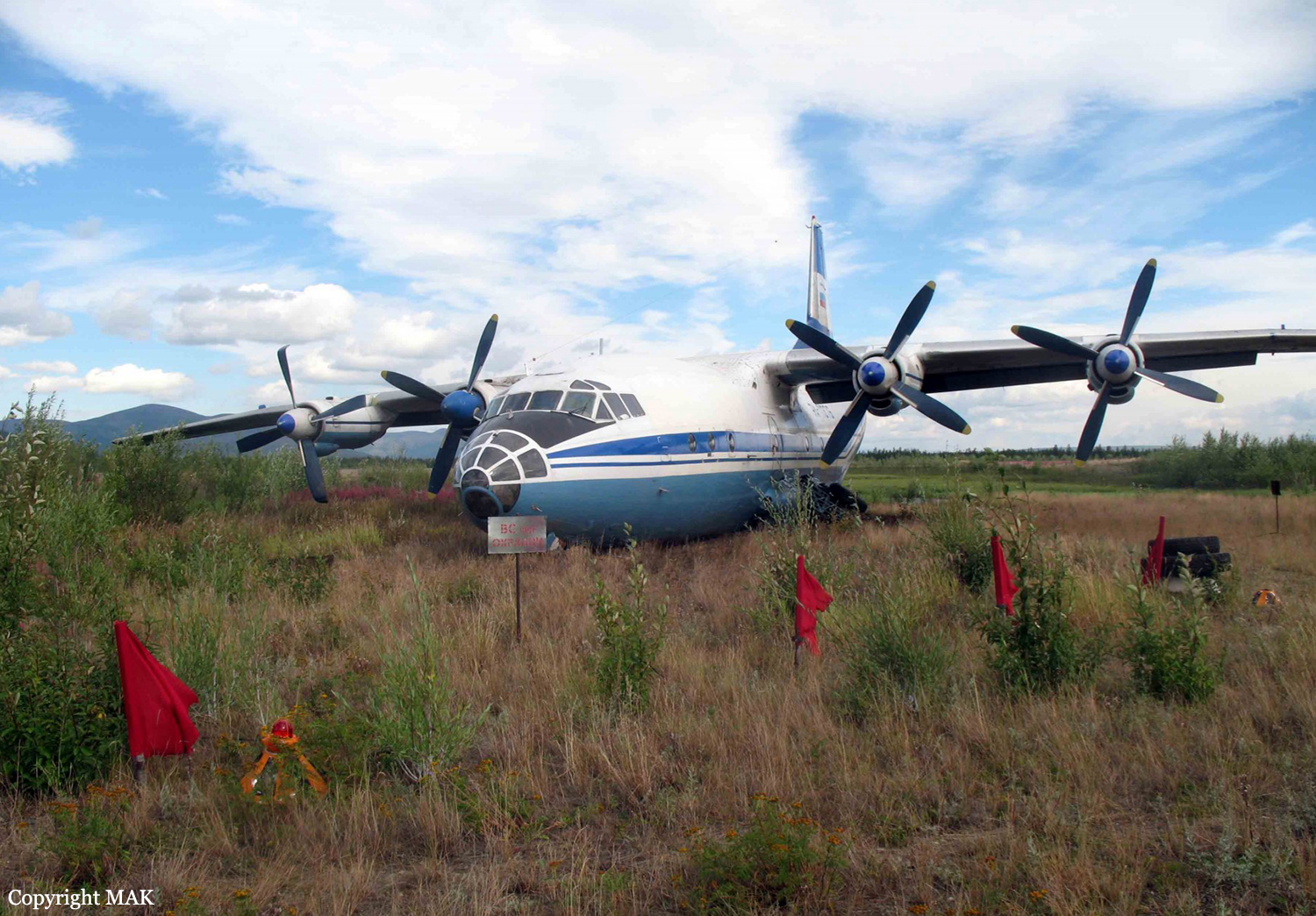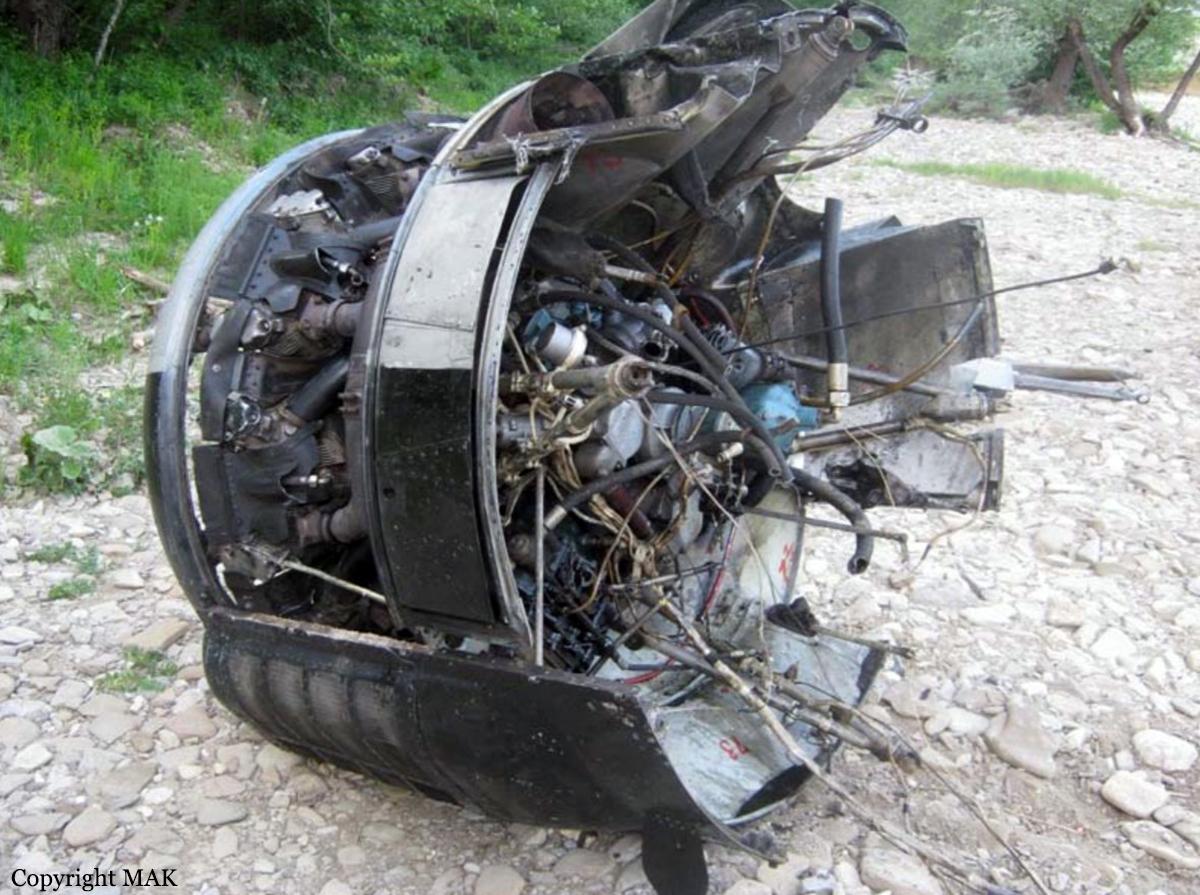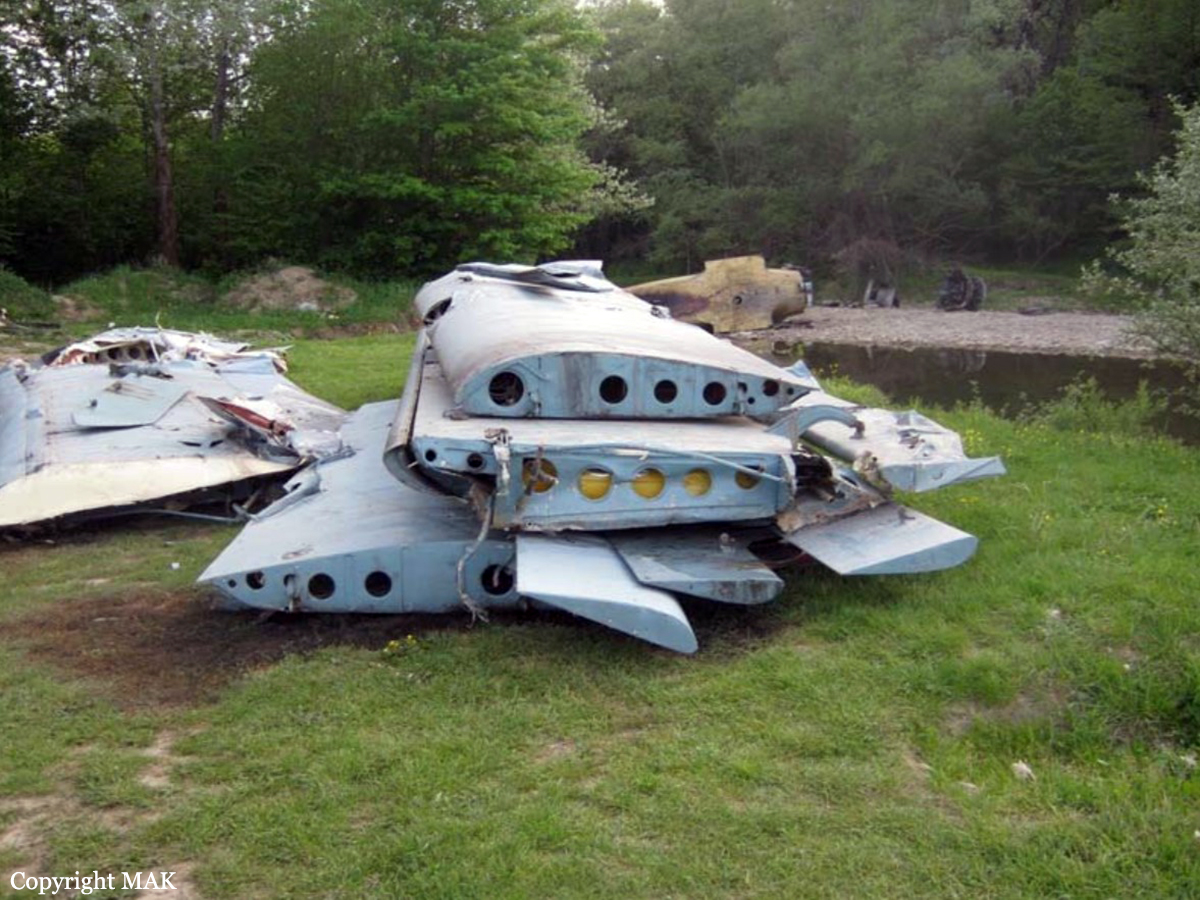Crash of an Antonov AN-24RV in Igarka: 12 killed
Date & Time:
Aug 3, 2010 at 0119 LT
Registration:
RA-46524
Survivors:
Yes
Schedule:
Krasnoyarsk - Igarka
MSN:
4 73 100 03
YOM:
1974
Flight number:
KTK9357
Crew on board:
4
Crew fatalities:
Pax on board:
11
Pax fatalities:
Other fatalities:
Total fatalities:
12
Captain / Total hours on type:
14205.00
Copilot / Total hours on type:
2670
Aircraft flight hours:
53760
Aircraft flight cycles:
38383
Circumstances:
The aircraft departed Krasnoyarsk on a night schedule flight to Igarka, carrying 11 passengers and 4 crew members. On approach to Igarka Airport, the crew encountered poor weather conditions with a visibility below minimums due to fog. On final, the pilot-in-command was unable to establish a visual contact with the ground but continued the approach. The aircraft descended below the glide, collided with trees and crashed 477 metres short of runway 12 and 234 metres to the right of its extended centerline, bursting into flames. All 11 passengers were killed while all four crew members survived. The following day, the stewardess died from her injuries.
Probable cause:
Controlled flight into terrain after the crew descended in IMC conditions below the glide without visual contact with the ground. The following contributing factors were identified:
- The failure of the crew to initiate a go-around procedure,
- Incorrect weather forecast with regards to cloud ceiling, visibility and severe weather (fog),
- Inaccurate information about the actual weather on the glide path at the Middle Marker with course 117°, radioed to the crew 40 minutes before the accident.
- The failure of the crew to initiate a go-around procedure,
- Incorrect weather forecast with regards to cloud ceiling, visibility and severe weather (fog),
- Inaccurate information about the actual weather on the glide path at the Middle Marker with course 117°, radioed to the crew 40 minutes before the accident.
Final Report:

